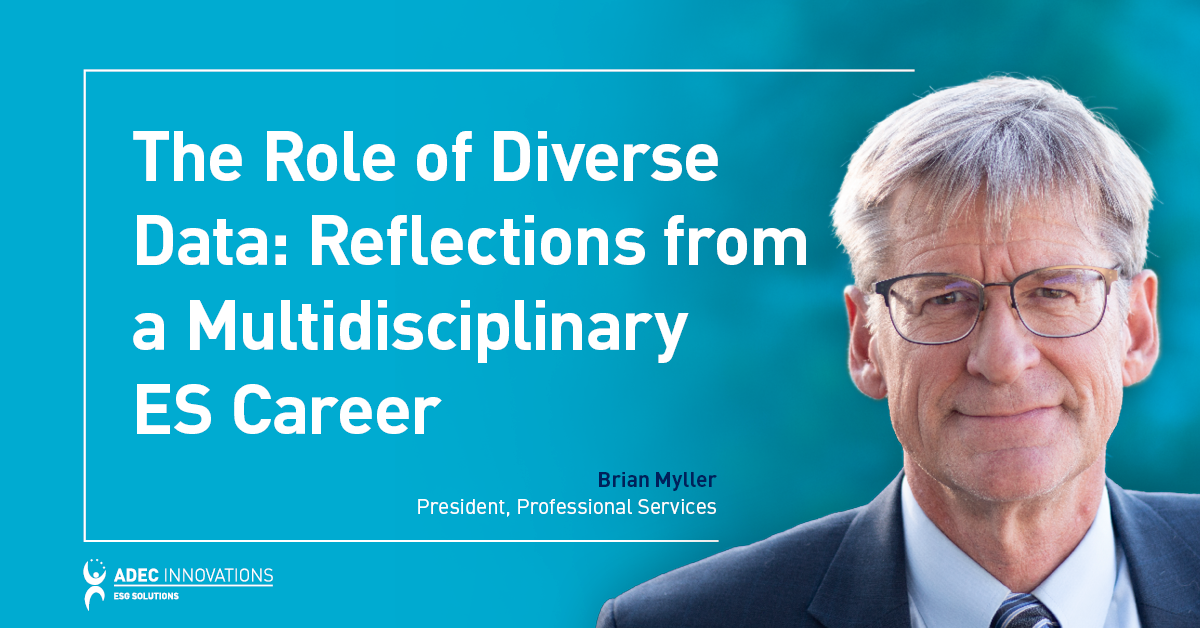During a recent trip overseas, California Governor Jerry Brown said what many planners, agency staff, and developers were already assuming — a substantial overhaul of the California Environmental Quality Act (CEQA) was unlikely to occur this year. CEQA reform was being shelved, explained the Governor, to focus State lawmakers’ attention on other equally important issues, including public schools, prisons, and the statewide water system. The Governor told reporters that CEQA reform would entail a significant undertaking, and that “there are very powerful forces that are strong in the party that will resist” any substantial overhaul.
While disappointing to many CEQA practitioners, the Governor’s statements confirmed what many already assumed. For those hoping that sweeping CEQA overhaul was on the horizon, this means another year before the sometimes complex CEQA waters will be made easier to navigate. Recent movement has been made to streamline the CEQA process for certain classes of development projects, but whether this can be deemed real progress is up for debate.
Signed by the Governor in 2011, SB 226 was intended to streamline the CEQA process for infill development. Some, including the Governor’s Office of Planning and Research (OPR), have championed the benefits of the bill, finding that it creates a simpler path for infill  development by narrowing the scope of environmental impacts that require further evaluation at the project level. Under SB 226, project-level environmental impacts already discussed at a program level are not subject to further evaluation, regardless if significant impacts identified in the programlevel document remain significant. Additionally, any environmental impacts addressed by local regulations, such as noise ordinances and developer impact fees, are not subject to CEQA either, even though such provisions may not fully reduce impacts to acceptable levels. OPR Senior Counsel Chris Calfee summarized the benefits of SB 226, stating, “As a practical matter, this means infill projects can avoid lengthy [environmental impact reports] EIRs and instead be approved on the basis of a checklist, without going through new public review, preparing responses to comments, or a statement of overriding considerations.”
development by narrowing the scope of environmental impacts that require further evaluation at the project level. Under SB 226, project-level environmental impacts already discussed at a program level are not subject to further evaluation, regardless if significant impacts identified in the programlevel document remain significant. Additionally, any environmental impacts addressed by local regulations, such as noise ordinances and developer impact fees, are not subject to CEQA either, even though such provisions may not fully reduce impacts to acceptable levels. OPR Senior Counsel Chris Calfee summarized the benefits of SB 226, stating, “As a practical matter, this means infill projects can avoid lengthy [environmental impact reports] EIRs and instead be approved on the basis of a checklist, without going through new public review, preparing responses to comments, or a statement of overriding considerations.”
While one of the basic goals of SB 226 is reducing vehicle travel, and thus reducing the potential direct and indirect environmental impacts associated with the vehicle use, some practitioners have argued that SB 226 is too complex and may apply only to a handful of projects. For a project to be considered under SB 226, it needs to meet a series of performance standards and other requirements, including being located within an incorporated city on an infill site. Generally, a project located in an area experiencing lower than average regional vehicles miles traveled, near public transit, or near project users would be eligible for exemptions provided by SB 226. However, there are still questions about the applicability of these requirements, as most urban projects that otherwise meet the infill site location requirement would not meet the requirement of being located in a low vehicle travel area (since the majority of infill sites within an urban, incorporated city setting experience average to above-average traffic levels), and those projects in sparsely populated areas that are considered low vehicle travel areas would generally not meet the definition of infill development (being 75 percent surrounded by existing urban development).
While being one of the more popular CEQA reform topics, SB 226 isn’t the only recent streamlining attempt. Under AB 900, those using litigation to block a large-scale project that would develop renewable energy or meet green building standards had to bypass the lower courts and proceed straight to the courts of appeal. Initially, the bill came about as a result of attempts to speed up the approval of the proposed NFL stadium in Downtown Los Angeles. However, other jurisdictions argued that the original scope was too limited, so lawmakers rewrote AB 900 to expedite scrutiny for a narrow class of large-scale projects, including the new Apple Campus 2 in Cupertino, California. Despite the revisions, a group calling themselves the Planning and Conservation League challenged the legality of AB 900, arguing that the provision that automatically sent lawsuits to the courts of appeals limited the public’s legal options and was unconstitutional. In a recent ruling, Alameda Superior Court Judge Frank Roesch agreed with the group, declaring AB 900 unconstitutional.
For the time being, those waiting for broad, across-the-board CEQA reform will have to wait. Because of their limited applicability, both SB 226 and AB 900 have already shown that they, in and of themselves, are not the comprehensive answer to the CEQA reform question. However, those waiting can take solace in the Governor’s recent words: “I believe before I depart this stage, we’ll see reform in CEQA.”
FirstCarbon Solution’s staff includes CEQA experts that work with CEQA policies on a daily basis; if you would like to learn more about CEQA please click the link below:





